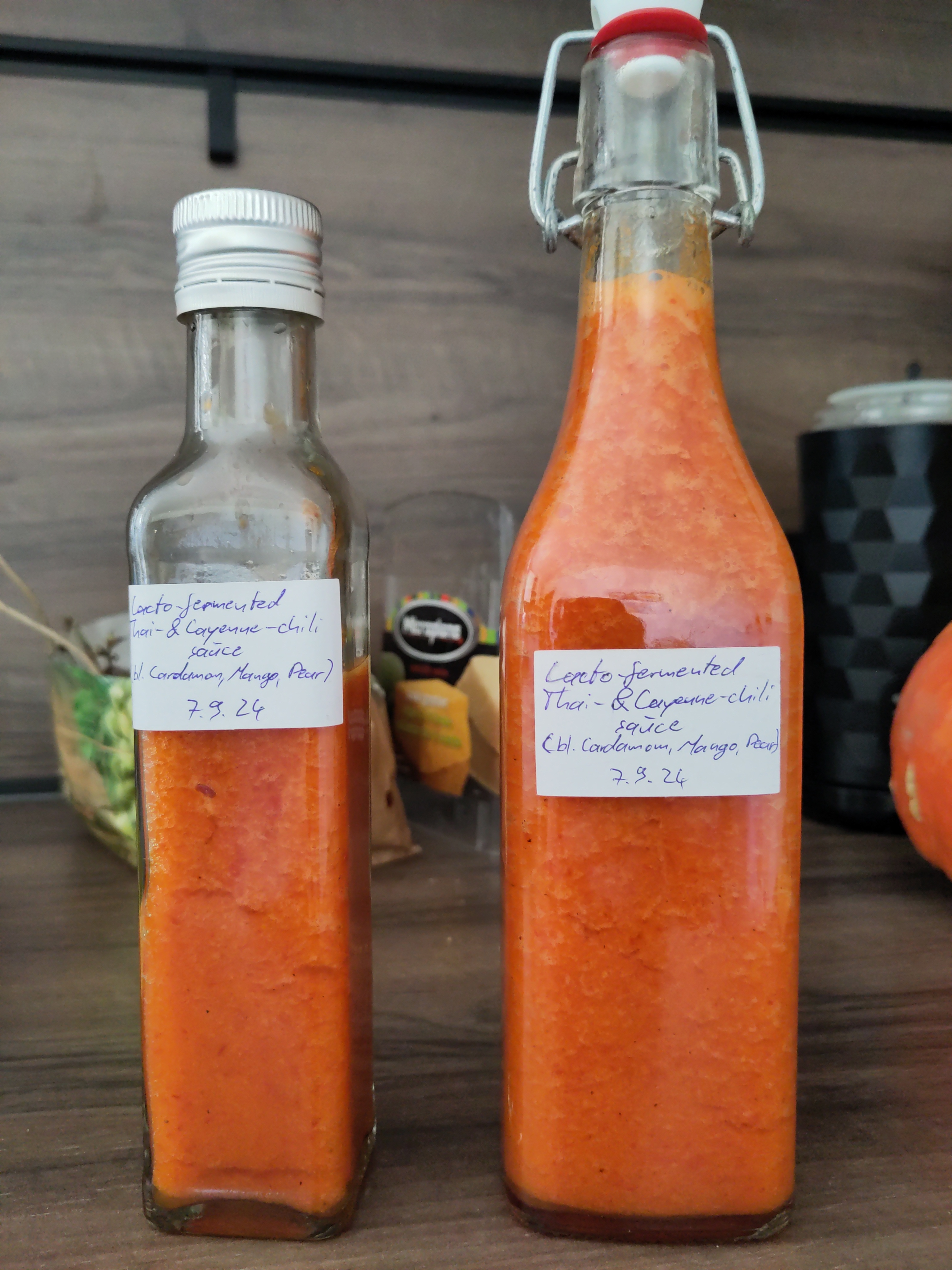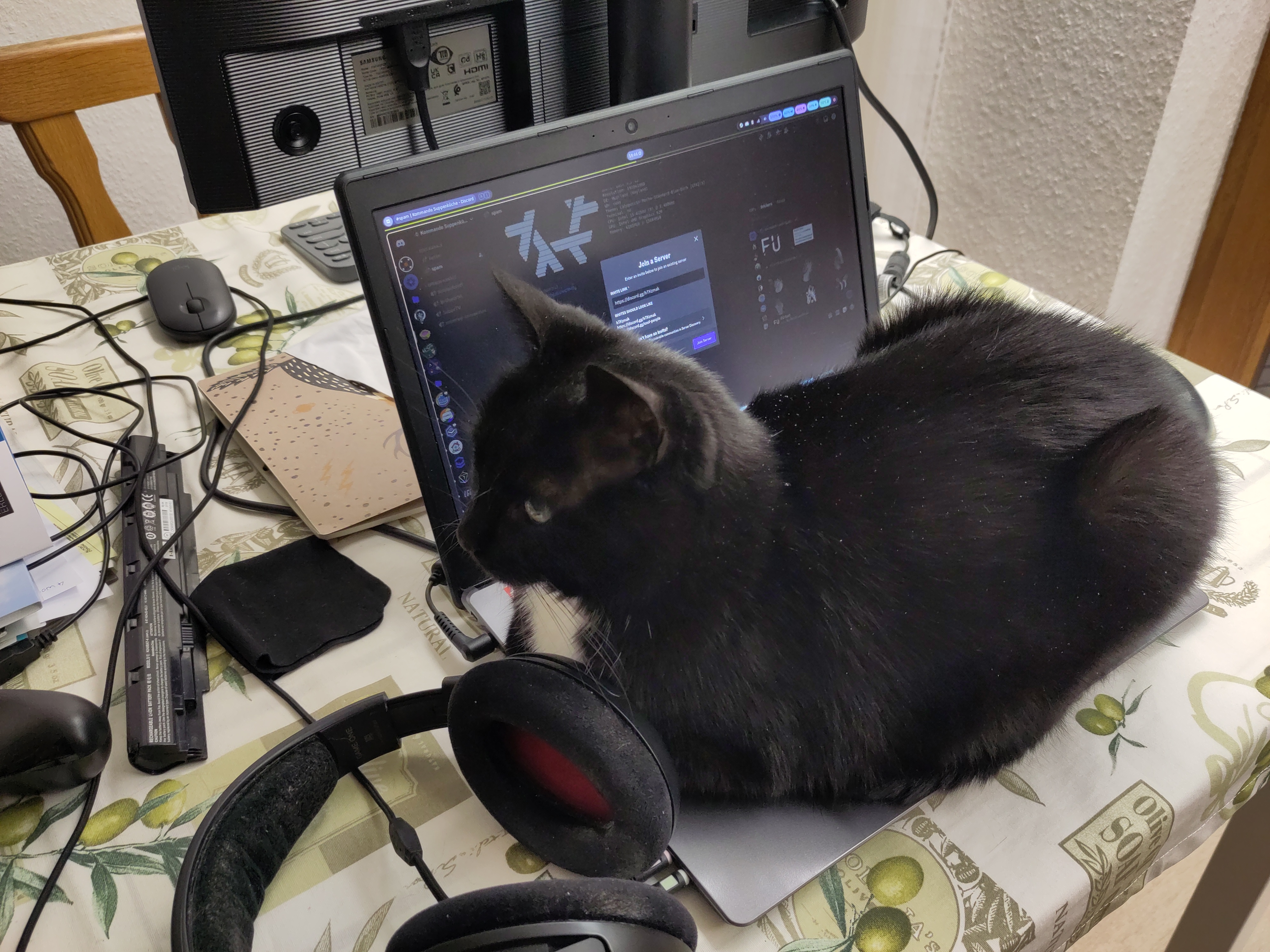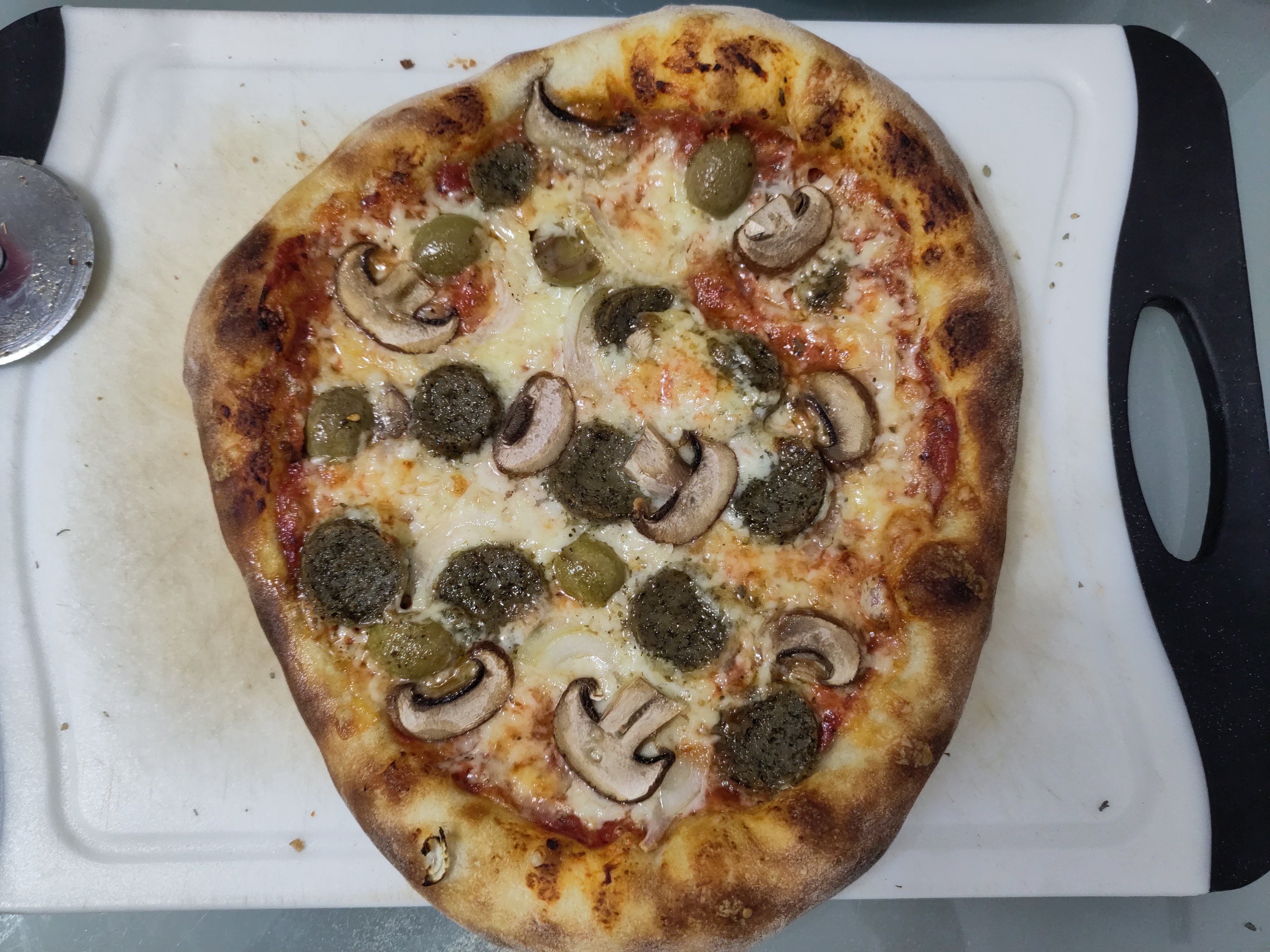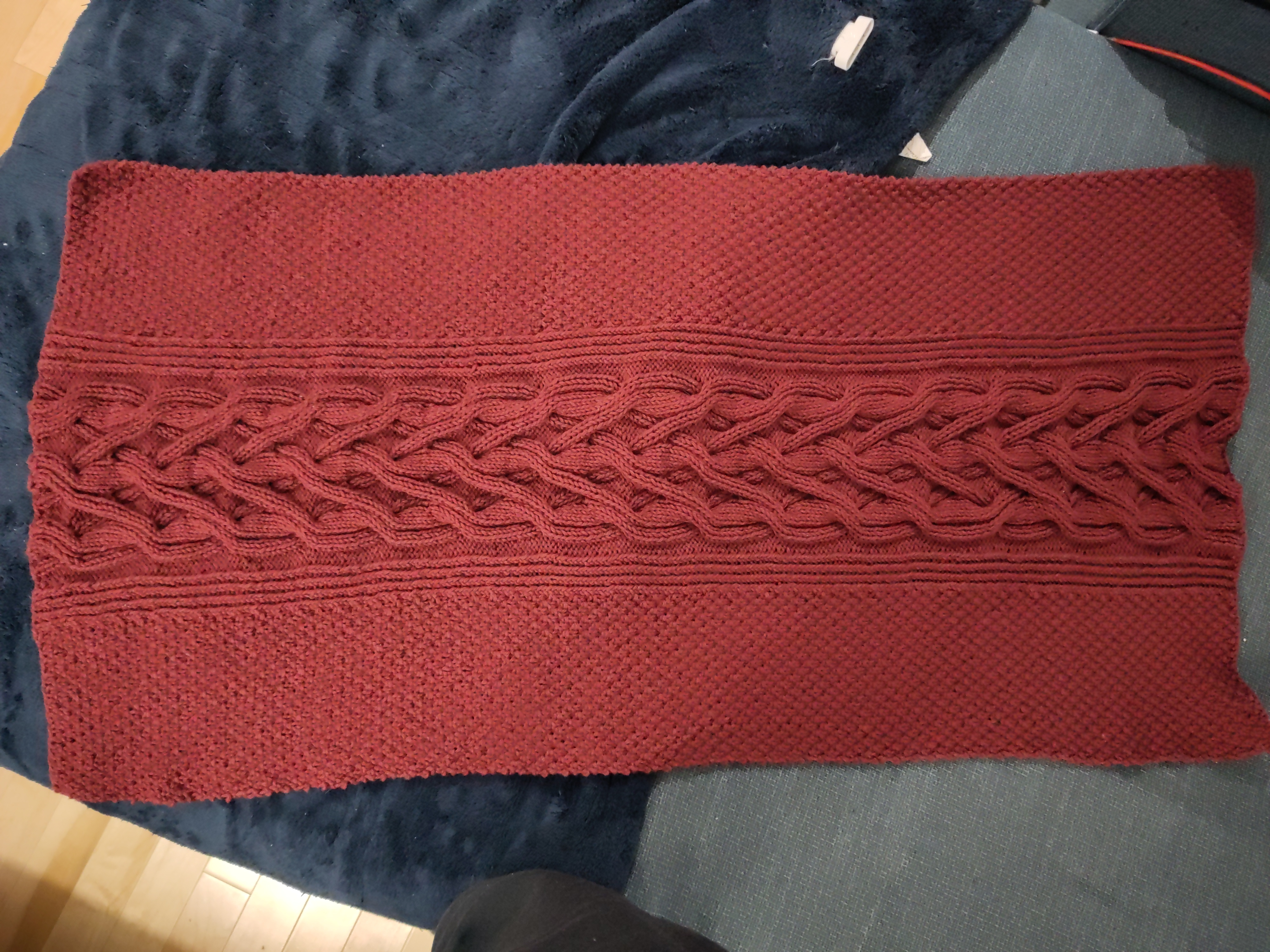Microsoft can't be trusted
Chais
People want to travel to the USA still? Bizarre.
The reason I compare them to autocomplete is that they're token predictors, just like autocomplete.
They take your prompt and predict the first word of the answer. Then they take the result and predict the next word. Repeat until a minimum length is reached and the answer seems complete. Yes, they're a tad smarter than autocorrect, but they understand just as little of the text they produce. The text will be mostly grammatically correct, but they don't understand it. Much like a compiler can tell you if your code is syntactically correct, but can't judge the logic.
Getting an explanation is one thing, getting a complete solution is another. Even if you then verify with a more suited tool. It's still not your solution and you didn't fully understand it.
Or, and hear me out on this, you could actually learn and understand it yourself! You know? The thing you go to university for?
What would you say if, say, it came to light that an engineer had outsourced the statical analysis of a bridge to some half baked autocomplete? I'd lose any trust in that bridge and respect for that engineer and would hope they're stripped of their title and held personally responsible.
These things currently are worse than useless, by sometimes being right. It gives people the wrong impression that you can actually rely on them.
Edit: just came across this MIT study regarding the cognitive impact of using LLMs: https://arxiv.org/abs/2506.08872
Spezifisch die CSU. Es gibt kein Niveau das die nicht unterbieten.
Not sure where you take the N from. Plus it's needlessly derogatory. How about FMAGA instead? Because F MAGA!
Wouldn't that be a great use case for a QR-code?
Didn't weigh them before drying because they were still on the branches. But post drying the flowers were very brittle and in the swamp bags the hygrometer initially showed <30% humidity. It eventually crept up to ~55% over the two week cure, thanks to the Boveda packs.
Well, Wile E. Coyote, no? Road Runner just runs away.
Ist ein schönes Land. Aber die Leute… 🙄






Someone clearly had a fun photo shoot. 😄